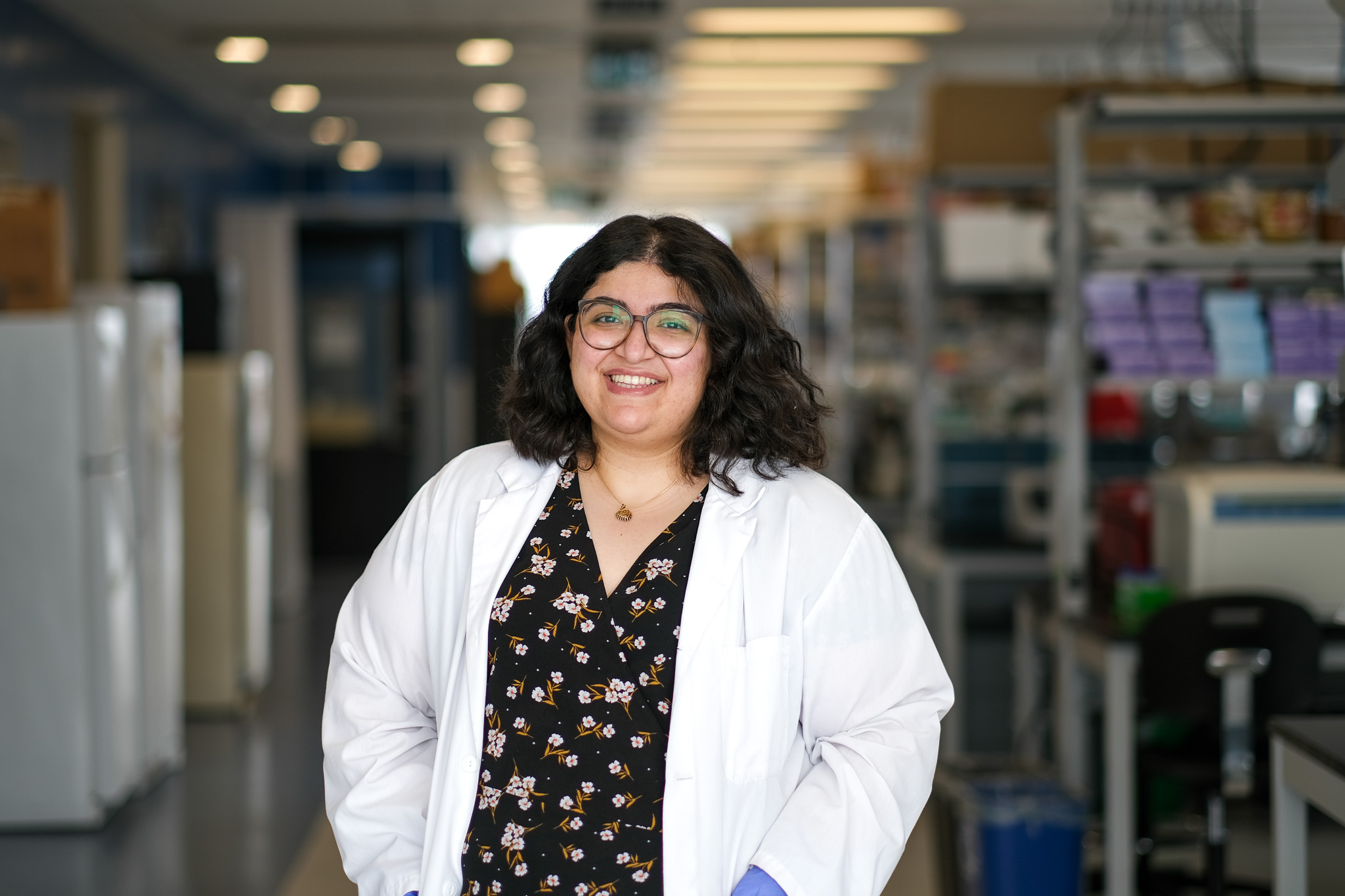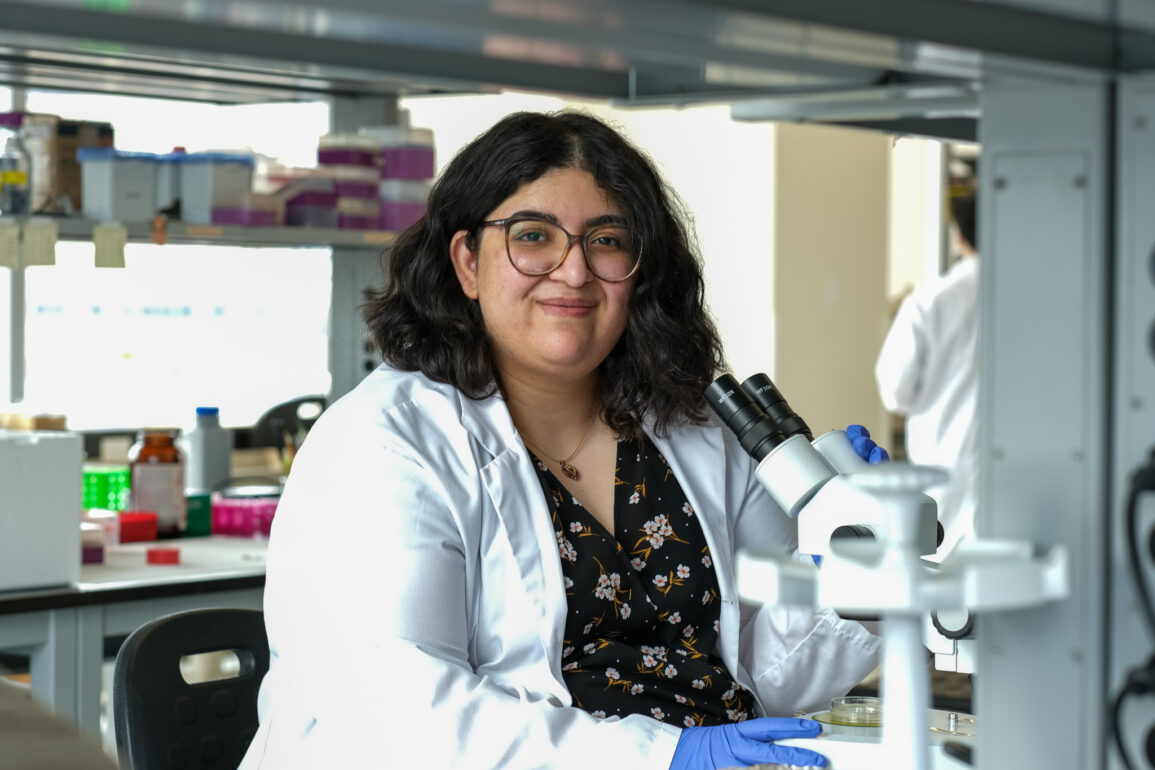Researchers at the University of Toronto and the Ted Rogers Centre for Heart Research have identified a previously unknown mechanism that governs the movement of cardiac progenitors during heart development in fruit fly embryos. By using advanced imaging techniques, mathematical modelling and genetic and biophysical manipulations, Dr. Rodrigo Fernandez-Gonzalez and colleagues shed light on the formation of the early heart tube and provide insights into the cellular causes of congenital heart defects. The findings have been published in the journal Developmental Cell.
The development of the heart in animals starts with the formation of a basic tube. In this process, two groups of cardiac stem cells move from opposite sides of the embryo and meet in the middle, fusing and forming the tube. Abnormal formation of this early heart tube can lead to congenital heart defects. Importantly, heart defects affect 1 in 100 infants globally and remain the most common form of congenital disease.
In this research, the scientists discovered that the movement of fruit fly cardiac progenitors, called cardioblasts, is not a smooth continuous process but rather occurs in back-and-forth, or oscillatory steps.
“What we found was that cardioblasts display periodic cell shape changes as they move. Mathematical modelling predicted that for shape fluctuations to drive directional cell movement, there needed to be a source of asymmetry in the cells that biases the oscillations. And sure enough, we found that the structural cytoskeletal protein actin localizes at the back of the cardioblasts, forming a stiff barrier that limits the amplitude of the backward steps of cardioblasts and biases the direction of cell movement” said Negar Balaghi, a BME student at the University of Toronto and the lead author of this study.

“These findings provide important insights into the cellular processes underlying heart development and congenital heart defects,” said Dr. Rodrigo Fernandez-Gonzalez, the corresponding scientist of the study and the professor at the Institute of Biomedical Engineering (BME). “Understanding the mechanisms that govern cell movement in the heart may pave the way for future therapeutic strategies to prevent or treat congenital heart disorders.”
The researchers concluded the heart cell oscillations are driven by the activity of a protein called myosin, which generates contractile forces necessary for cell movement. Myosin forms waves that alternate between the leading and trailing edges of the cardioblasts, causing the periodic changes in cell shape.
The implications of this research extend beyond the realm of cardiac development, potentially contributing to scientists’ understanding of collective cell movement in other biological systems.
“Now that we understand the physical basis of cell migration in cardiac progenitors, and how the cytoskeleton contributes to this process, we are excited to determine the molecular mechanisms that set up cardioblast oscillations, and how mutations in myosin implicated in congenital heart disease affect the movement of cardioblasts,” said Fernandez-Gonzalez.


